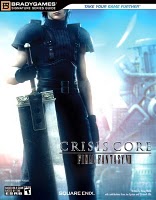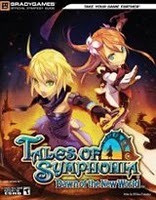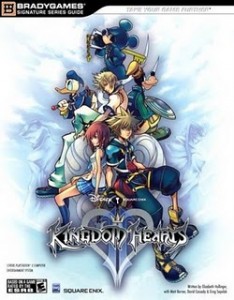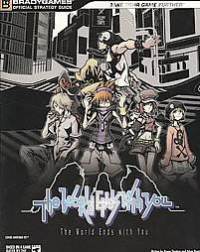 A strategy guide’s quality hinges on the quality of its maps, walkthroughs and appendices, all of which are crucial for a complete and truly helpful guide. Some people will need a guide to hold their hands throughout the entire game, whereas others need a guide for simply looking up information quickly, such as where to obtain a certain ability. A guide of good quality must be able to do both to appease the wide range of gamers.
A strategy guide’s quality hinges on the quality of its maps, walkthroughs and appendices, all of which are crucial for a complete and truly helpful guide. Some people will need a guide to hold their hands throughout the entire game, whereas others need a guide for simply looking up information quickly, such as where to obtain a certain ability. A guide of good quality must be able to do both to appease the wide range of gamers.
Crisis Core is an usual game in that it is divided up between Zack’s relatively short story and his 300 missions in SOLDIER. Players can play the missions whenever they like, and they have no bearing on the story whatsoever. The guide, written by Doug Walsh and published by BradyGames, is similarly arranged, with one section for the story and one section for the missions, but this review will not be divided up in a similar manner.
Maps:
Every guide should have as many area maps as this one. Each story chapter begins with a map of the area–with every item and e-mail Zack can obtain–and each mission has its own individual map with similar markings. While it is nice to be able to use the maps to quickly find the items, the best part of them is the markings of the mission bosses. Even though there are only about four or five mission regions, the bosses are never in the same place and are often not where one would expect them to be. This is essential for those who want to quickly get in and get out.
Walkthroughs:
Even though Zack’s story is only ten chapters, there are plenty of sidequests for him to partake in, such as joining fan clubs, unlocking missions, and uncovering the seven wonders of Nibelheim. The guide will make sure the player misses NONE of these things. I myself only missed one fan club joining–the Zack Fair fan club, no less–because I glossed over the tip to talk to the receptionist. Once you miss that window, it’s closed forever in typical Final Fantasy fashion.
For those wondering, yes it gives detailed strategy for all boss fights and alerts players ahead of time of all the enemies and their stats Zack will encounter.
The walkthroughs for the missions, are about as helpful. They offer good advice for the bosses, give a heads up on lurking enemies and warn players how to properly prepare Zack before undertaking a particular mission. If a mission has Magic Pots, it will alert players to their presence as well as what materia they require to be appeased.
However, after a certain point, it becomes very apparent that the writer had a certain affinity towards one materia (Costly Punch) and recommends it use throughout the rest of the missions. The problem with this is that at the point Costly Punch is first recommended, players can only obtain the materia through fusion and that’s only if a certain mission was completed. For those who do not obtain Costly Punch, you will have to create your own strategies throughout most of the missions, which negates the purpose of the guide a bit.
Appendices:
Here is another area where the guide really shines. It contains appendices of all materia, items, accessories, shops and enemies, which not only lists all of them but also details where to find them. Each appendix is colored differently and everything is categorized and listed alphabetically for easy look-up. Need to find exactly where to pick up the Brutal accessory? Want to know which missions the Magic Pots are lurking? The answer is a quick flip of the pages away.
It also includes a large, foldout chart to help with materia fusion, but I found it to be very confusing for the most part, and thankfully for me, I was not the only one. It does a decent job at explaining base materia for fusion, but it gets tricky when it delves into the materia ranks and classes. Occasionally I could use it to successfully fuse the materia I wished, but most of the time it was a case of trial and error. Of course, there is always the possibility that it’s a simple matter of not having the correct materia to fuse with. The more I think about it, the more I think that’s true.
Extras:
I never count on a guide to include extras, but it is oh so nice when they do. This guide includes a gorgeous art gallery of concept art for the game and Walsh’s “23 Wishes,” which are tips for successful gameplay as well as references to the original Final Fantasy VII game that can be found throughout Crisis Core.
Final Word:
Walsh’s love of the Costly Punch materia does not detract much from the overall high quality of the guide. It’s suitable for every type of gamer who may want a guide, and the maps and the extras definitely make it worth every penny.
It gets a 4/5 from me. Damn Costly Punch. (That’s a cool name for drink…)


